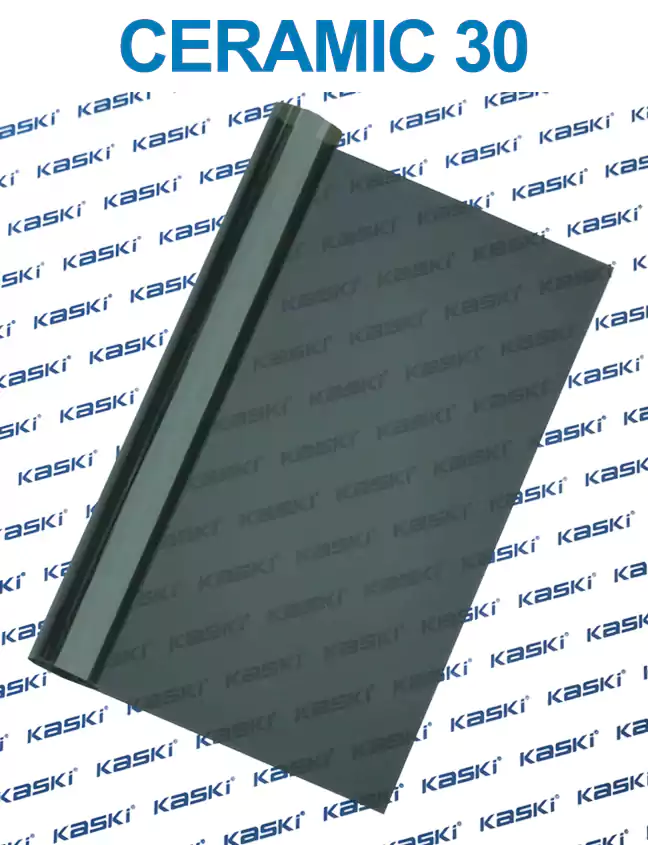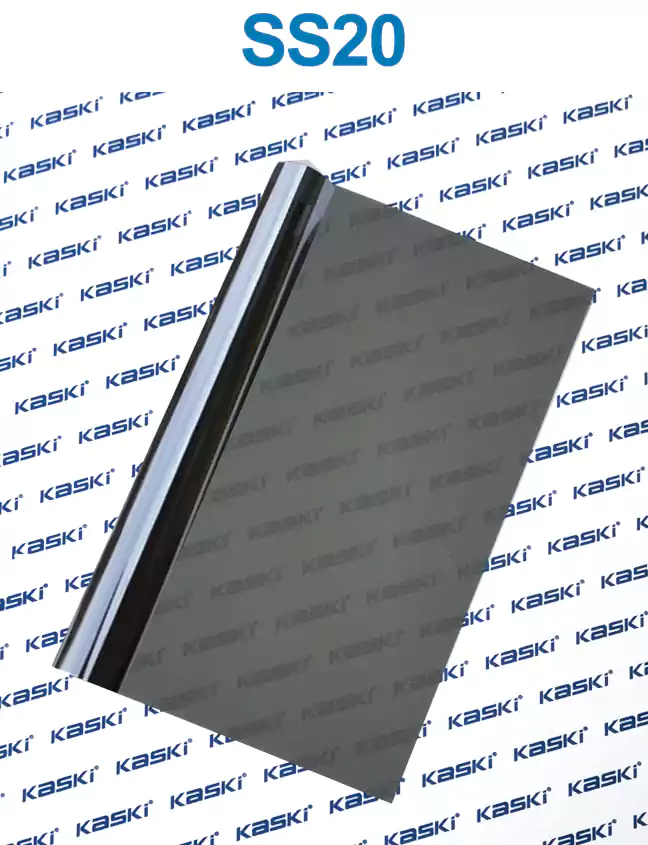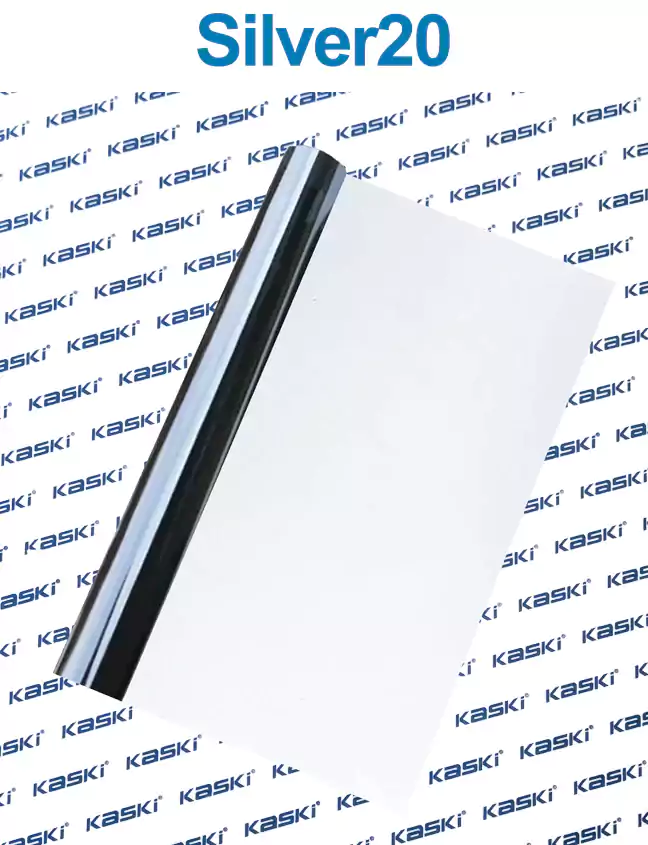Automotive window tinting is a popular and practical solution for enhancing the comfort, safety, and efficiency of your vehicle. Whether you're seeking to reduce glare, protect your interior, or maintain a comfortable temperature, window tinting can provide a host of benefits. In this comprehensive guide, we'll explore the principles, advantages, and a detailed installation case to help you make an informed decision about tinting your vehicle's windows.
The Principles of automotive window tinting
Window tinting works by applying a thin, transparent film to the glass surfaces of your vehicle. This film is designed to block a significant portion of the sun's harmful ultraviolet (UV) rays, as well as reduce the amount of heat and glare that enters the cabin. The tinting material can be made from a variety of materials, including dyed polyester, metalized polyester, or ceramic-based compounds, each with its own unique properties and performance characteristics.
The Advantages of heat control window film
1. Reduced Heat and Glare: By blocking up to 99% of harmful UV rays and rejecting a significant portion of the sun's heat, window tinting can help keep your vehicle's interior cooler and more comfortable, even on the hottest days.
2. Increased Comfort and Energy Efficiency: With less heat entering the cabin, your vehicle's air conditioning system won't have to work as hard, resulting in improved fuel efficiency and a more comfortable driving experience.
3. Protection for Interior Furnishings: Window tinting can help protect your vehicle's interior, including decorative curtains, blinds, and upholstery, from fading and damage caused by prolonged exposure to the sun's UV rays.
4. Enhanced Privacy and Security: Tinted windows can provide an added layer of privacy, making it more difficult for passersby to see into your vehicle, which can deter potential break-ins and theft.
5. Improved Visibility: Properly installed window tinting can help reduce glare and eye strain, allowing you to focus more on the road ahead and improving overall driving safety.
A Detailed Installation Case: Tinting a Toyota Camry
To illustrate the process of heat control window film, let's consider the example of a Toyota Camry. The owner of this particular Camry was seeking to enhance the comfort and efficiency of their vehicle, as well as protect the interior from the sun's damaging effects.
The installation process began with a thorough cleaning of the vehicle's windows, ensuring a smooth and secure application of the tinting film. The tinting specialist then carefully measured and cut the film to fit the specific dimensions of each window, including the side windows, rear glass, and windscreen.
Once the film was properly positioned, the specialist used a specialized tool to apply the tinting material, smoothing out any air bubbles or wrinkles to ensure a seamless and professional finish. The entire process took approximately 2-3 hours, with the final result being a sleek, uniform appearance that blended seamlessly with the Camry's overall design.
Testimonials
"I'm so glad I decided to tint my Toyota Camry's windows. The difference in temperature and glare reduction is remarkable. I no longer have to squint while driving, and my car stays much cooler, even on the hottest days. The installation process was quick and hassle-free, and the final result looks fantastic." - Sarah, Camry owner
"Tinting my Camry's windows was one of the best decisions I've made. Not only does it make the interior more comfortable, but it also helps protect my car's upholstery and dashboard from fading. The increased privacy is an added bonus, and I feel more secure knowing that my valuables are less visible to potential thieves. Highly recommended!" - Michael, Camry owner
In conclusion, automotive window tinting is a versatile and practical solution for enhancing the comfort, safety, and efficiency of your vehicle. Whether you're looking to reduce heat and glare, protect your interior, or increase your privacy, the benefits of window tinting are clear. By understanding the principles and advantages of this technology, and considering a detailed installation case, you can make an informed decision about tinting your own vehicle.




















